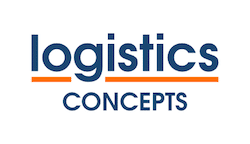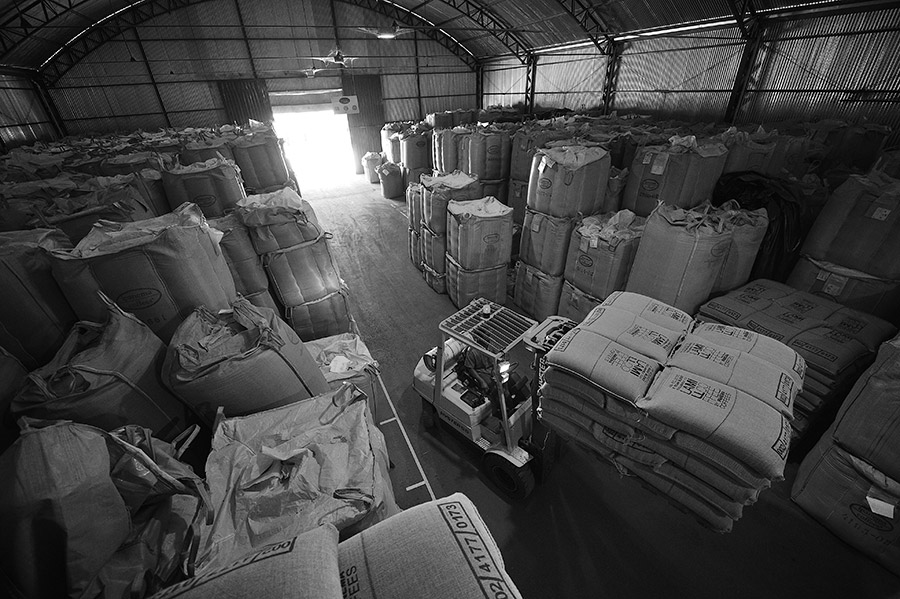Making your transport and logistics Request for Quotation (RFQ) a MASTERPIECE!
Logistic costs are defined differently in companies.
In many cases, the reported logistic costs of companies even within the same business differ more than justified by their operations.
Some companies do not count interest and depreciation on inventories as logistic costs. Others include the distribution costs of their suppliers or the purchasing costs.
In some cases, even the purchase value of the procured goods is included in the logistic costs.
The situation in logistic controlling and supply chain controlling is even worse, as only a minority of companies records and monitors logistic costs separately and continuously.
Whereas in industry the total logistic costs range between 5 and 15% of turnover, in trade companies they make up between 10 and 25% of turnover. For retailers, logistic costs can use up more than one third of the profit margin. Despite this, it is still the exception for retailers to record.
What are logistics costs?
Logistics costs are all the expenses incurred moving product — from sourcing raw materials to delivering customer orders and every step in between.
How to reduce your Logistics costs?
Some methods used frequently or a combination of a few will definitely impact your logistics costs:
- Use different modes of transportation
- Explore opportunities to consolidate shipments
- Automate your Logistics
- Supply Chain visibility
- Timely planning & scheduling
- Consider warehousing services
- Find a reliable Logistics Service Provider (LSP)





